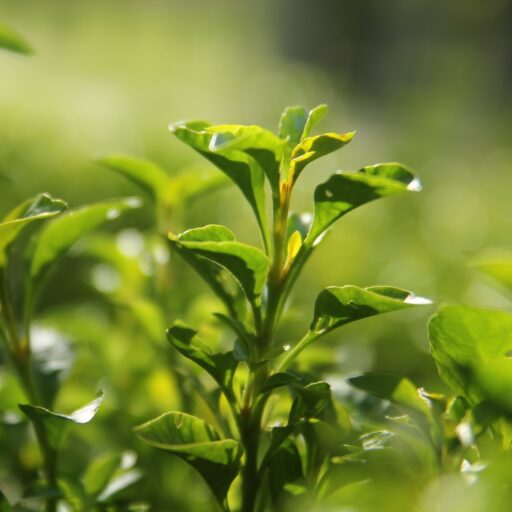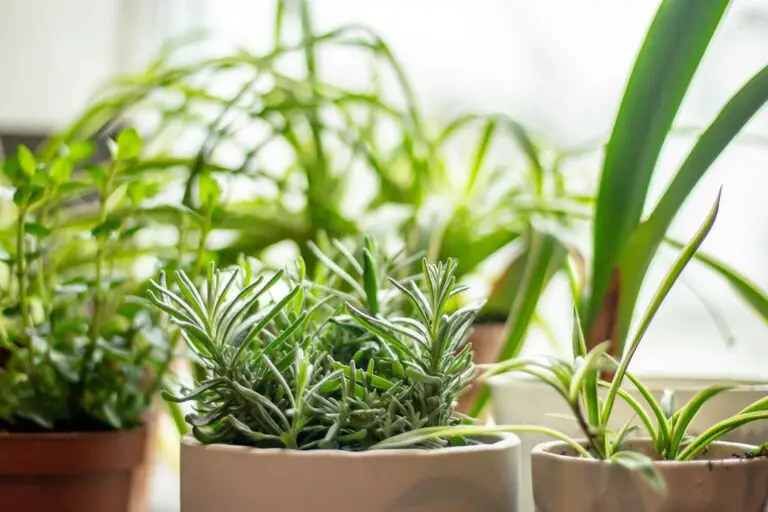Support our educational content for free when you purchase through links on our site. Learn more
How Cold Can Tea Plants Tolerate? [2024] ❄️
Have you ever wondered how tea plants can survive in cold climates? Are you curious about the cold tolerance of Camellia sinensis, the plant responsible for your favorite cup of tea? Look no further! In this article, we will delve into the fascinating world of tea plants and explore their ability to withstand chilly temperatures. We’ll provide you with expert insights from the tea growers at Growing Teas™, who have years of experience cultivating tea in various climates. So grab a cup of tea and let’s dive in!
Table of Contents
- Quick Answer
- Quick Tips and Facts
- Background: The Cold Tolerance of Camellia Sinensis
- Choosing the Right Location for Tea Plants
- Protecting Tea Plants from Cold
- Plant Age and Cold Tolerance
- Optimal Planting Time for Cold Climates
- FAQ
- Conclusion
- Recommended Links
- Reference Links
Quick Answer
Tea plants, specifically Camellia sinensis, have a remarkable ability to tolerate cold temperatures. While they thrive in temperatures between 80-90°F, they can withstand short periods of cold as low as 20-25°F. However, prolonged exposure to freezing temperatures or ground freezing can damage the plants. It’s important to provide proper care and protection to ensure their survival in colder climates.
✅ Quick Tip: Tea plants are more cold-tolerant when they are well-nourished and hydrated. Ensure they receive adequate nutrients and water to enhance their ability to withstand the cold.
👉 CHECK PRICE on: Tea Plants | Camellia Sinensis Seeds | Tea Plant Varieties
Quick Tips and Facts
Before we dive deeper into the topic, here are some quick tips and interesting facts about the cold tolerance of tea plants:
- Tea plants can handle temperatures between 80-90°F for optimal growth and production.
- Camellia sinensis can tolerate short periods of cold as low as 20-25°F.
- Prolonged exposure to freezing temperatures or ground freezing can damage tea plants.
- Younger tea plants are less tolerant of cold compared to mature plants.
- Seedlings generally show more cold tolerance than plants propagated from cuttings.
- Well-nourished and hydrated tea plants are better equipped to handle cold temperatures.
- Spring planting is recommended for colder climates to allow for root system establishment.
Now that we have covered the basics, let’s explore the cold tolerance of Camellia sinensis in more detail.
Background: The Cold Tolerance of Camellia Sinensis
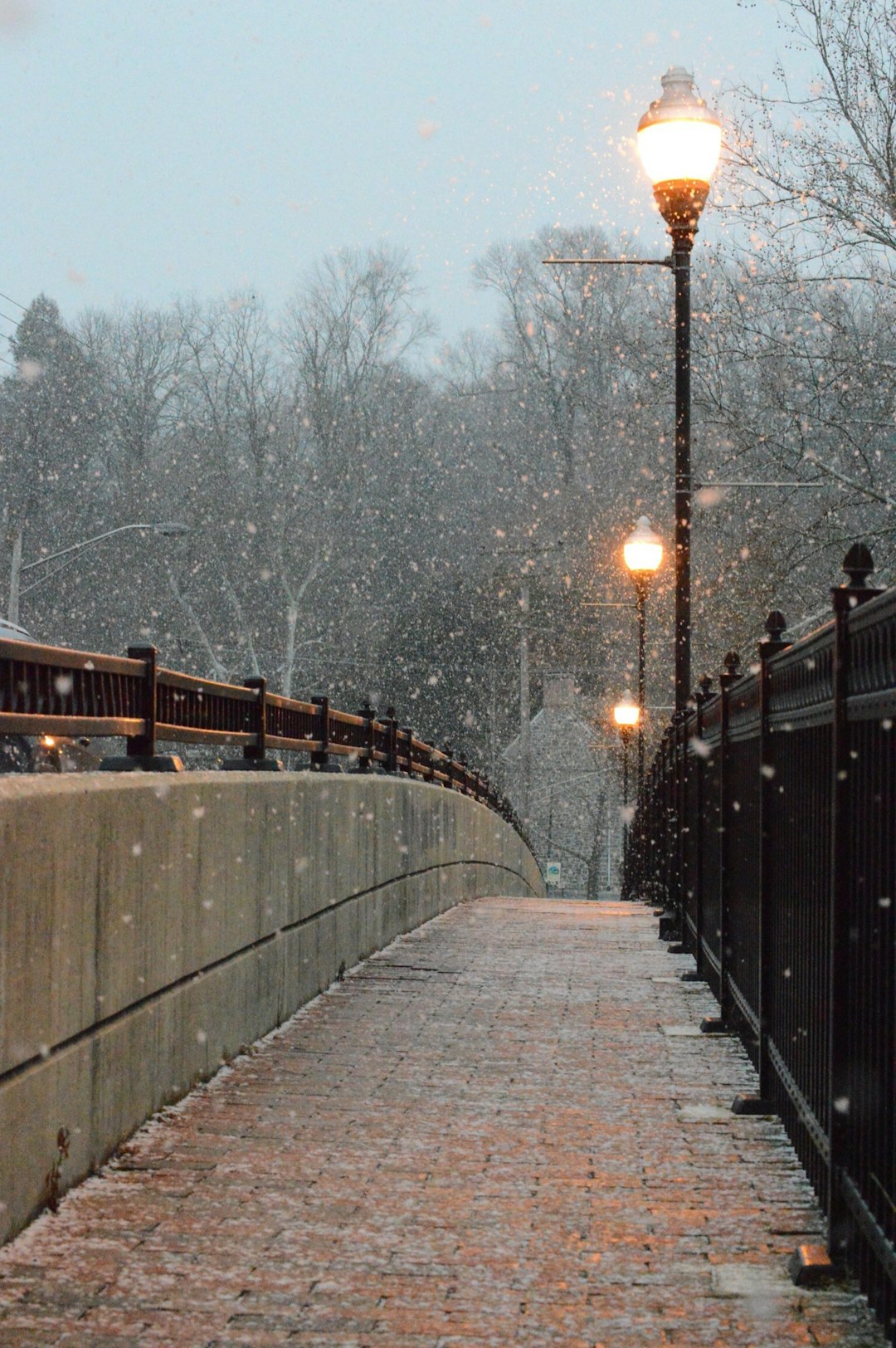
Camellia sinensis, the plant species responsible for producing tea, is native to regions with warm and humid climates, such as China and India. However, tea plants have adapted to various climates around the world, including colder regions. Their ability to tolerate cold temperatures is influenced by several factors, including the specific variety of Camellia sinensis and the environmental conditions they are exposed to.
Choosing the Right Location for Tea Plants
When cultivating tea plants in cold climates, it’s crucial to choose the right location. Here are some factors to consider:
- Climate Zones: Tea plants thrive in climate zones 8 and 9, which have milder winters. However, with proper care and protection, they can also be grown in cooler climate zones of 7 and 6.
- Microclimates: Even within the same climate zone, there can be variations in temperature. Consider the microclimate of your specific location, such as the presence of nearby bodies of water or elevation, which can affect temperature fluctuations.
- Sun Exposure: In colder climates, tea plants benefit from partial shade rather than full sun. Avoid planting them in areas exposed to harsh winter winds or direct sunlight, as this can increase the risk of cold damage.
- Overstory of Evergreen Shade Trees: Planting tea plants near evergreen shade trees can provide protection during the winter months. The overstory of trees acts as a natural barrier against cold winds and helps maintain a more stable temperature around the tea plants.
Protecting Tea Plants from Cold
While tea plants have a certain level of cold tolerance, it’s essential to provide them with additional protection during extreme cold spells. Here are some methods to protect tea plants from the cold:
- Greenhouses and Cold Frames: If you live in an area with extremely cold winters, consider growing tea plants in a greenhouse or cold frame. These structures provide a controlled environment and protect the plants from freezing temperatures.
- Frost Blankets: Covering tea plants with frost blankets during cold nights can help retain heat and protect them from frost damage. Ensure the blankets are securely fastened to prevent them from blowing away.
- Avoid White Plastic Sheeting: While plastic sheeting can provide some protection, avoid using white plastic as it can intensify sunlight and cause foliage burn when the sun reflects off the plastic.
- Barrier Between Plants and Plastic: If using plastic for protection, place a barrier, such as a layer of straw or fabric, between the tea plants and the plastic. This helps prevent direct contact between the leaves and the cold plastic, reducing the risk of cold damage.
Plant Age and Cold Tolerance
The age of tea plants can also influence their cold tolerance. Here’s what you need to know:
- Younger Plants: Young tea plants, especially those in their first year of growth, are generally less tolerant of cold compared to mature plants. Provide extra care and protection to young plants during cold spells.
- Seedlings vs. Cuttings: Tea plants propagated from seeds tend to exhibit greater cold tolerance compared to plants propagated from cuttings. If you’re starting from scratch, consider growing tea plants from seeds for better cold resistance.
Optimal Planting Time for Cold Climates
In colder climates, the timing of planting tea plants is crucial for their survival. Here’s what you need to know:
- Spring Planting: It is generally recommended to plant tea in the spring in colder climates. This allows the plants to establish a strong root system before the onset of winter. Spring planting gives the plants a better chance of surviving the cold and thriving in the following growing season.
FAQ
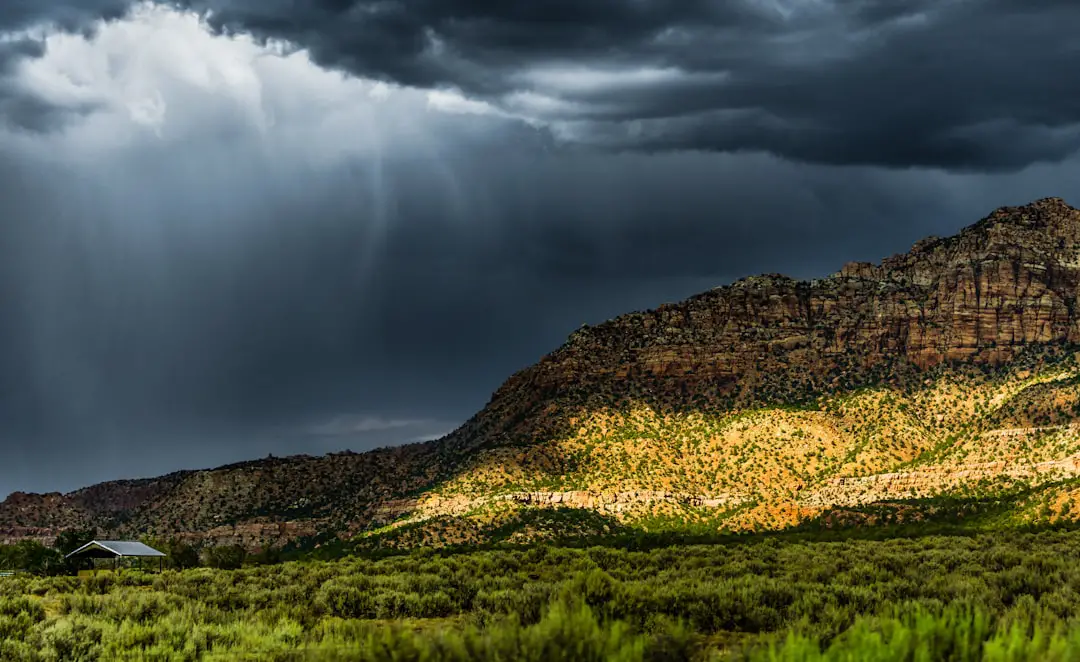
Is Camellia sinensis cold hardy?
Yes, Camellia sinensis is considered cold hardy and can tolerate temperatures as low as 20-25°F for short periods. However, prolonged exposure to freezing temperatures or ground freezing can damage the plants.
Read more about “How Cold Can Tea Plants Tolerate? … ❄️”
Is Camellia sinensis frost tolerant?
While Camellia sinensis can tolerate short periods of cold, it is not particularly frost tolerant. Frost can damage the leaves and tender shoots of tea plants. Providing protection, such as frost blankets, can help mitigate the risk of frost damage.
How cold can tea plants tolerate?
Tea plants can tolerate temperatures as low as 20-25°F for short periods. However, prolonged exposure to freezing temperatures or ground freezing can be detrimental to their health.
Read more about “How cold can tea plants tolerate?”
What hardiness zone is Camellia sinensis var sinensis?
Camellia sinensis var sinensis, the Chinese tea plant, is generally hardy in USDA hardiness zones 7-9. However, with proper care and protection, it can also be grown in colder zones.
Read more about “Where Do Tea Plants Grow? …”
Conclusion
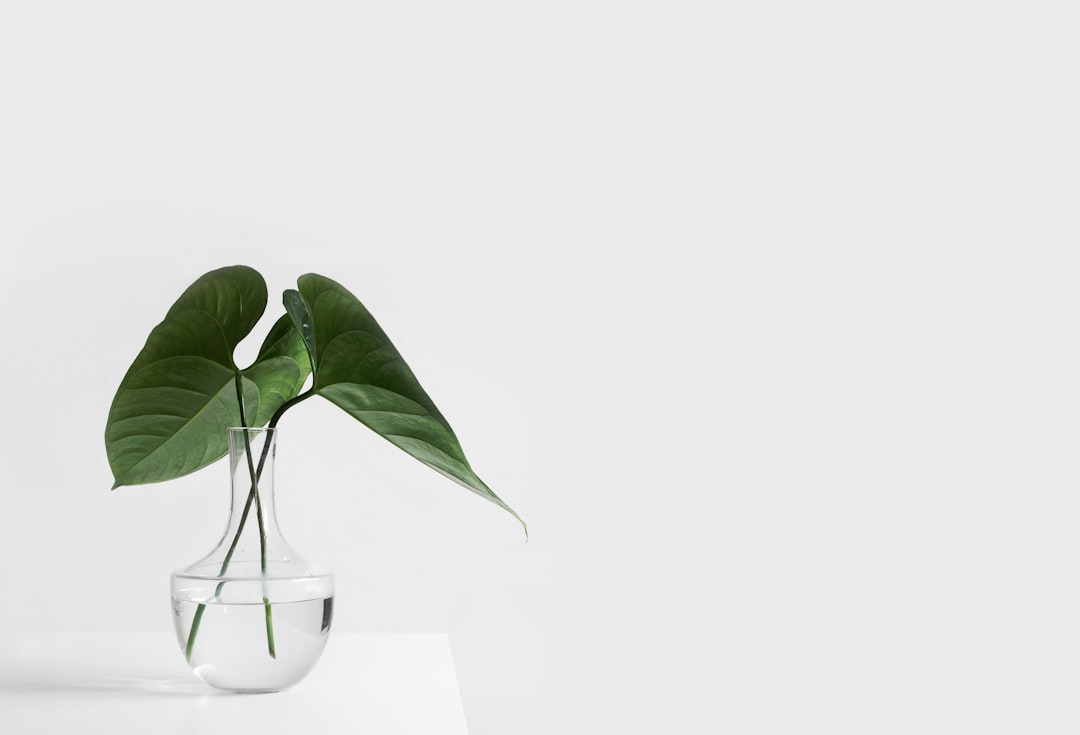
Tea plants, specifically Camellia sinensis, have an impressive ability to tolerate cold temperatures. While they thrive in warmer climates, they can withstand short periods of cold as low as 20-25°F. However, it’s important to provide proper care and protection, especially in colder regions, to ensure their survival. Consider factors such as planting location, protection methods, and the age of the plants to enhance their cold tolerance. With the right approach, you can enjoy the beauty and benefits of tea plants even in chilly climates.
So, are you ready to embark on your tea-growing journey? With the knowledge and tips shared in this article, you’ll be well-equipped to cultivate tea plants in cold climates. Cheers to a cup of tea grown in your own backyard!
Recommended Links
- 👉 CHECK PRICE on: Tea Plants | Camellia Sinensis Seeds | Tea Plant Varieties
- Green Tea Cultivation
- Herbal Tea Planting
- Tea Plant Varieties
- Soil and Climate for Tea
- DIY Tea Blending
- How Cold Can Tea Plants Tolerate? 2024 ❄️
